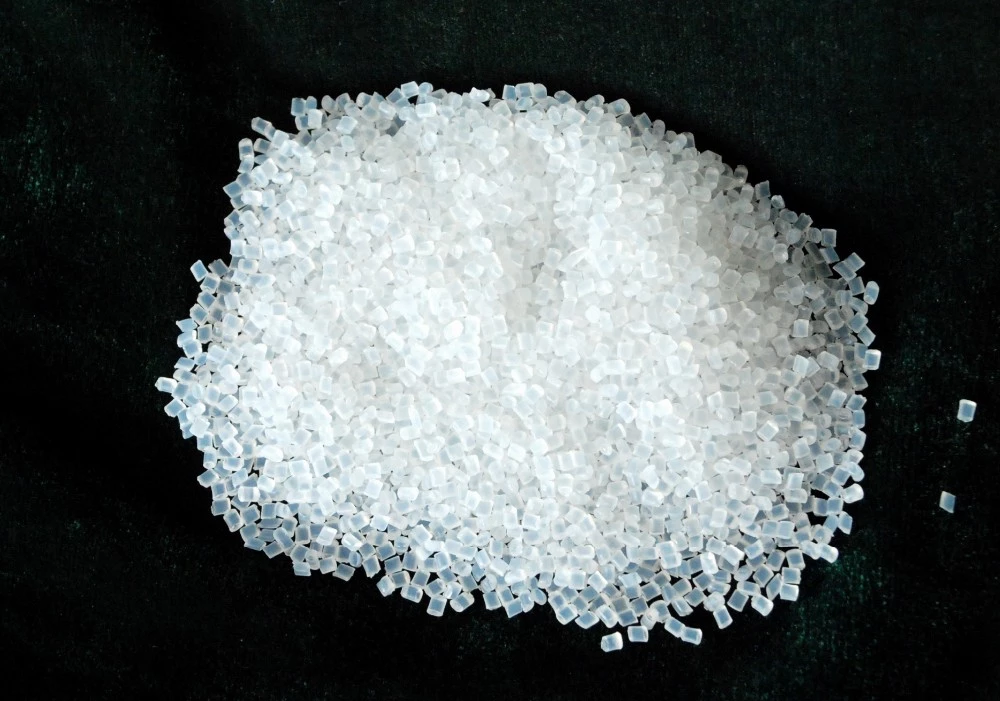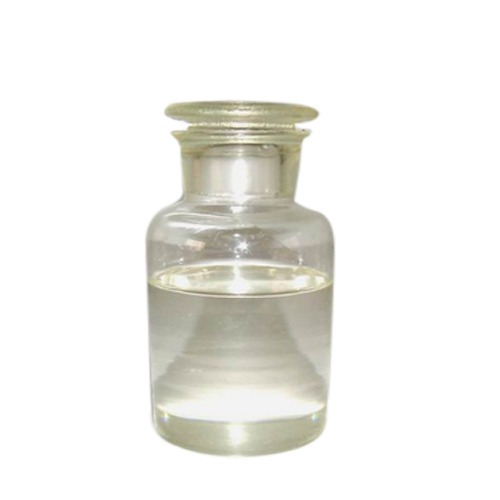Acrylonitrile Butadiene Styrene (ABS)
|
IUPAC Name |
: Poly(butadiene-co-acrylonitrile-co-styrene) |
|
Cas Number |
: 9003-56-9 |
|
HS Code |
: 390330 |
|
Formula |
: C15H17N |
Basic Info
|
Appearance Name |
: Opaque Ivory Granules |
|
Common Names |
: Buta-1,3-diene; prop-2-enenitrile; styrene |
|
Packaging |
: 25 Kg Bag |


---indonesia.webp)


---vietnam.webp)
 English
English
 Indonesian
Indonesian
 简体字
简体字
 العربية
العربية
 Español
Español
 Français
Français
 Português
Português
 日本語
日本語
 한국어
한국어
 Tiếng Việt
Tiếng Việt
